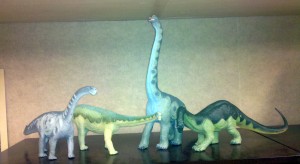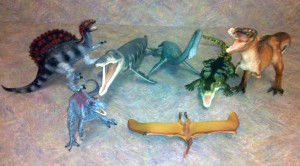Every day brings more reasons to be concerned about the modern economy’s environmental costs. These costs were once effectively hidden from view, but mass media, social networking, and the scale of consumer activity have all brought knowledge of environmental destruction into everyone’s backyard. A walk in the local park will more than likely reveal tires, abandoned construction materials and other toxic trash, and almost every waterway features a polluting industry upstream that makes parents warn their kids to not go swimming.
The scale of pollution and abuse being heaped on the places many adults safely enjoyed just decades ago can be disheartening. The idea that dealing with these problems effectively requires sacrifice is a popular one, and it adds to the hopelessness. Everyday people have shown time and again, however, that caring for the land provides benefits far in excess of the sacrifice. Positive actions can even provide savings in your budget. Consider these two actions to begin visualizing what is possible.
Organizing Clean-ups
American culture is filled with stories of rugged individualism where one person begins doing something for the benefit of all only to be joined by others in the same pursuit. Why not start off with community involvement? Some parks are regularly maintained by municipal areas for public relations purposes. Other parks, and even out of the way places in popular parks, are often left uncared for by bureaucracies with limited budgets. There may be ordinances against dumping, but these areas become filled with waste. A lot of it is toxic.
Partnering with a local environmental group to sponsor a clean-up of your favorite park will have profound effects. The water will be cleaner for starters, and outdoors enthusiasts will find these more isolated areas enhance their ability to enjoy the local flora and fauna. Removing old tires in these locations will dramatically reduce mosquito populations.
This action could easily be combined with local recycling programs or efforts to replace invasive plants with native vegetation. The possibilities depend only on your dedication and community resources.
Gardening
The combination of pesticide use, monoculture farms and yards, and a general fear of insects and germs has combined to reduce wildlife and put species diversity in danger. The most common remedy for this is planting native plants that provide food for native wildlife. If attracting local butterflies and songbirds to your yard isn’t enough of a benefit, native plants can always be chosen based on their usefulness. A little research will reveal every region has a number of native plants that once provided inhabitants with food, medicines, and aesthetic pleasure.
Any individual can make this effort, but community efforts will create more opportunities. Partnerships with native plant societies and trusts created by concerned citizens can ensure larger tracts of land will always be available to future community gardeners. Summer and after-school programs can receive grants with the right non-profit partnership, which will ensure a safe place for children to get exercise and learn local lore from older generations.
Of course, native gardening is only part of the picture. Vegetable gardens and miniature forests can also be used for the same effects. Many gardeners combine all of these with composting, vermiculture, chicken cooping, and other efforts. A combination of clean-ups and gardening will reduce your impact on the land and reduce the community’s impact on the global systems everyone relies upon.
Billie Seddon is a conservation writer who works with NRDC and other organizations to protect our health and environment. She urges everyone to learn about the damaging effects being caused by extreme weather conditions.


